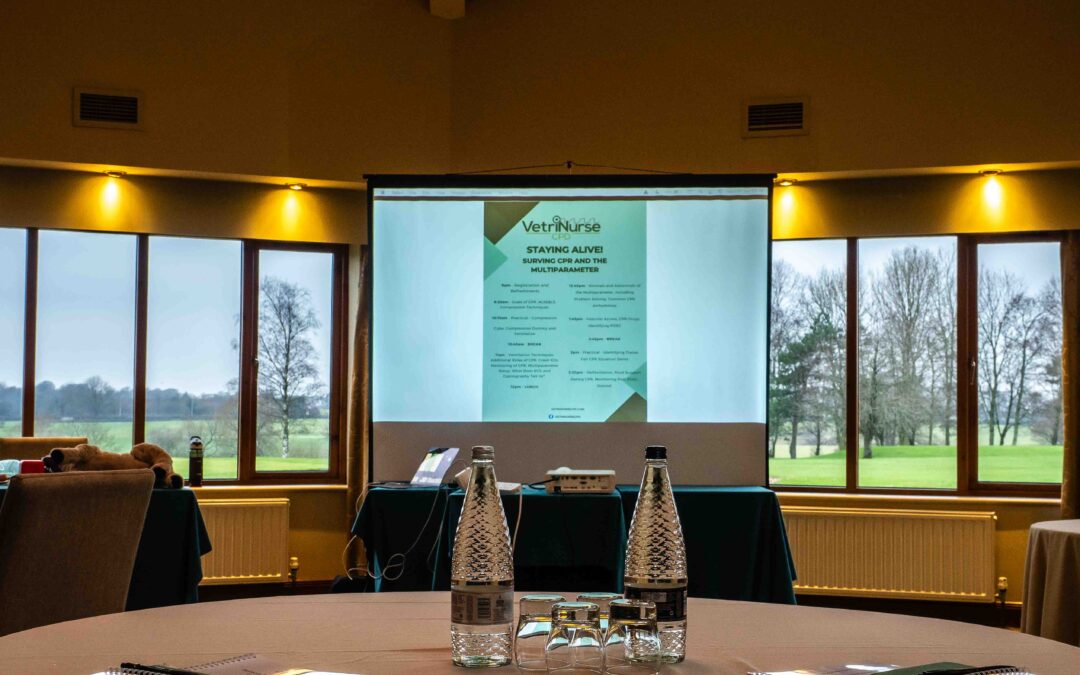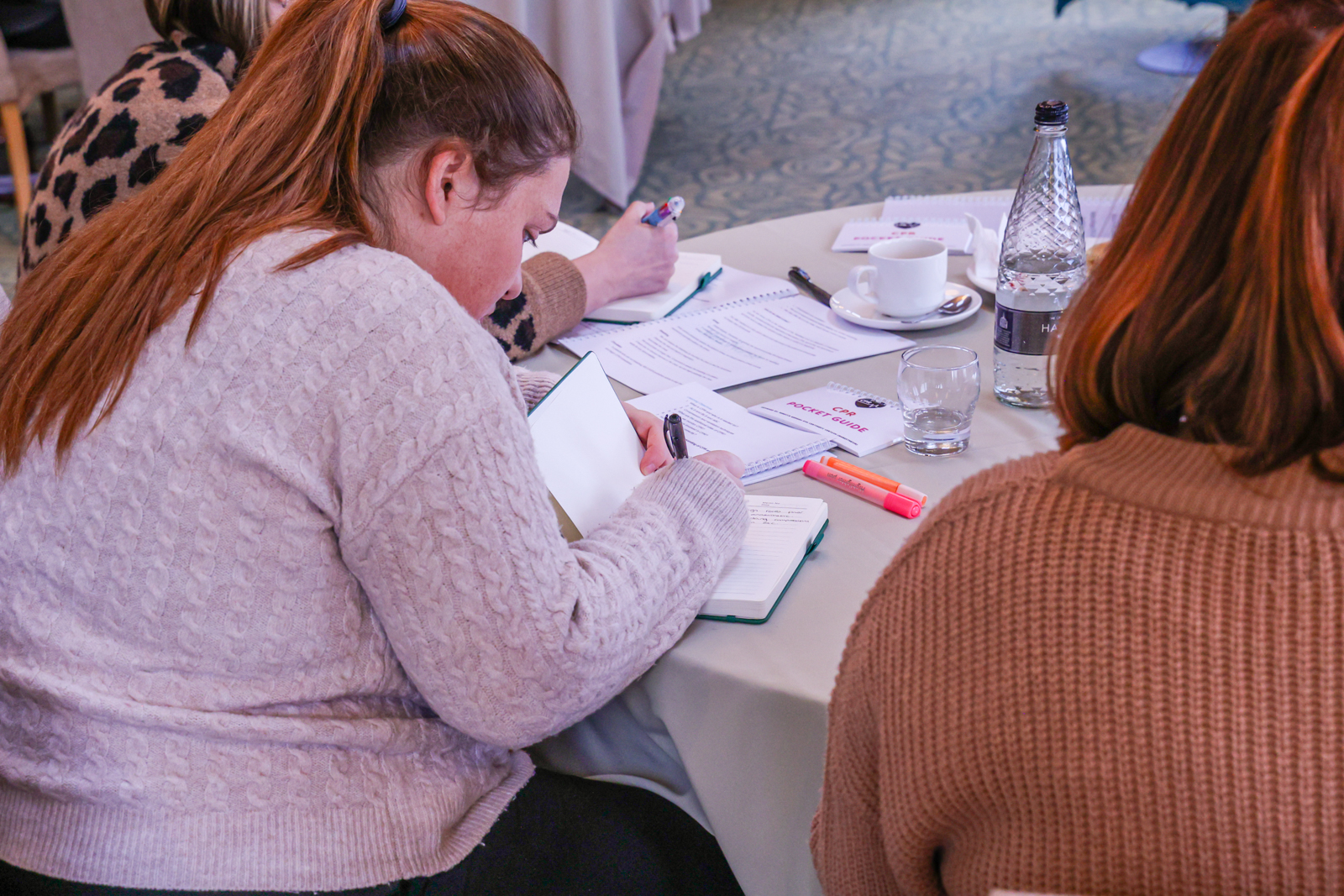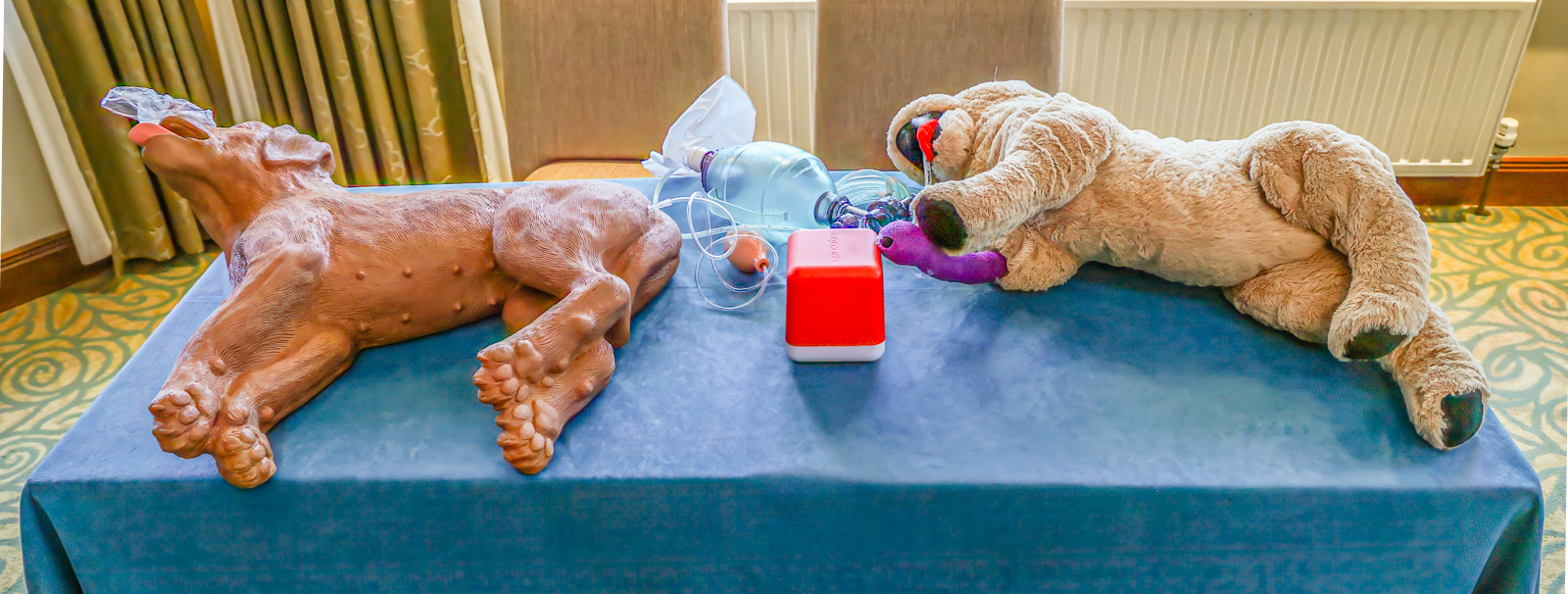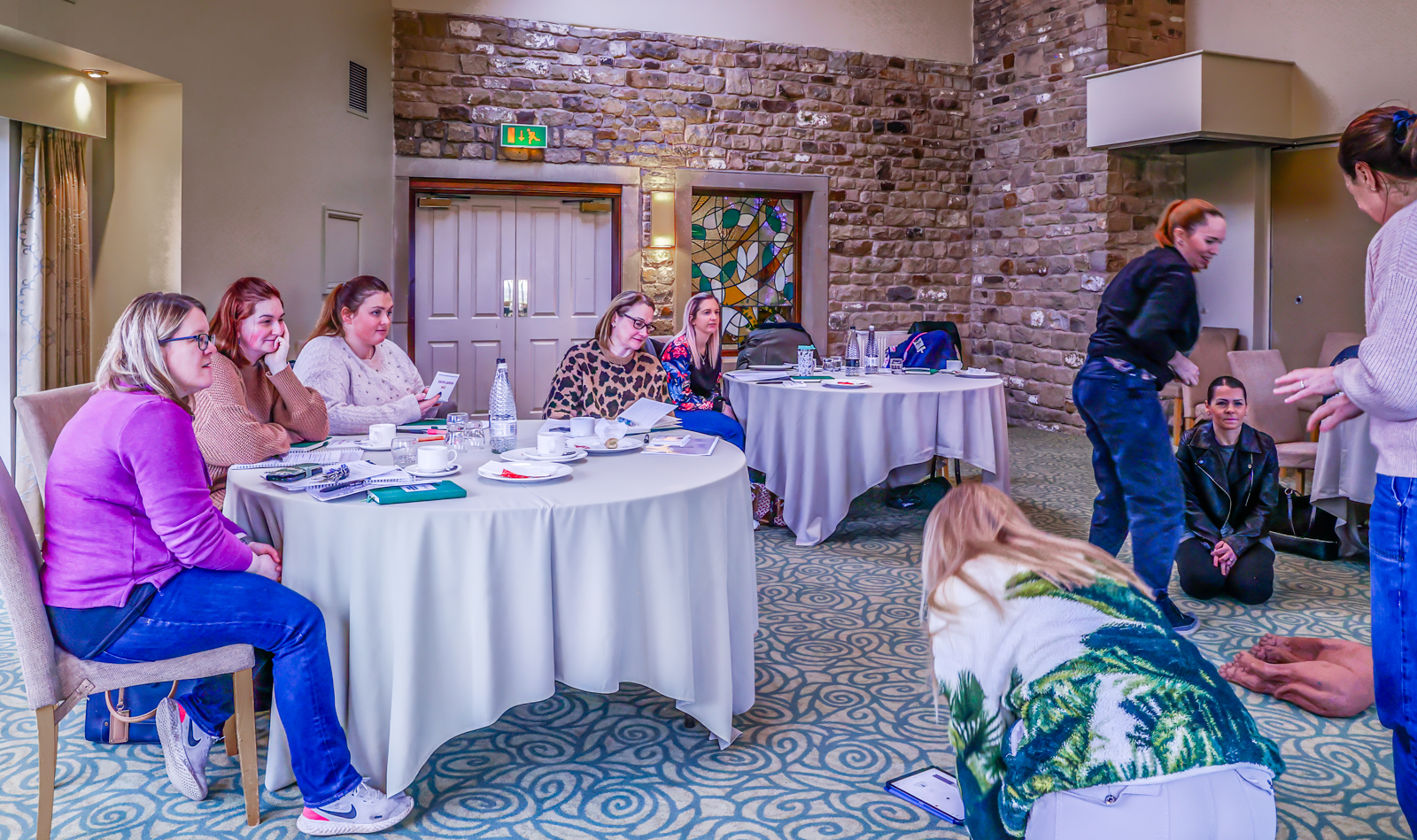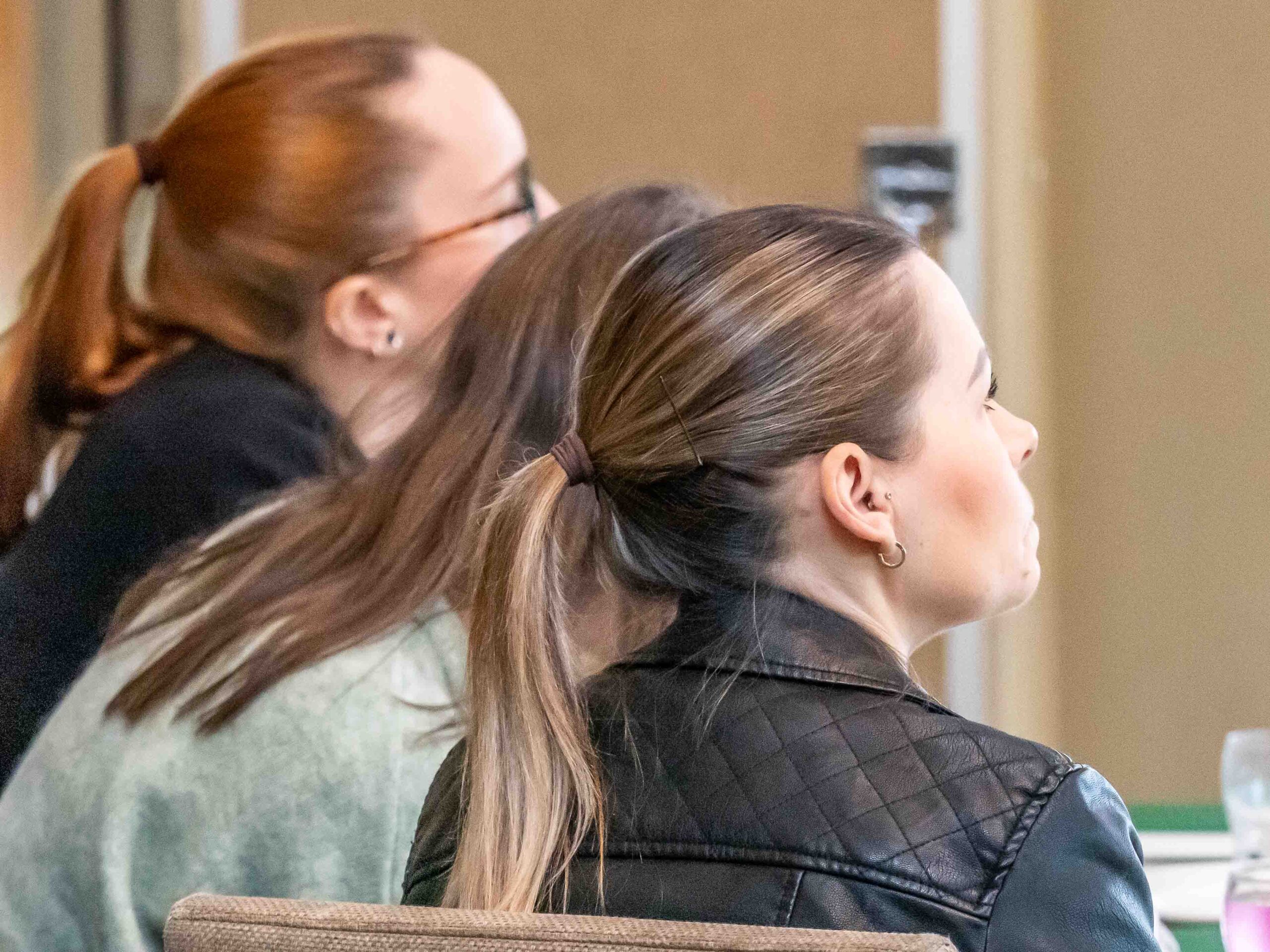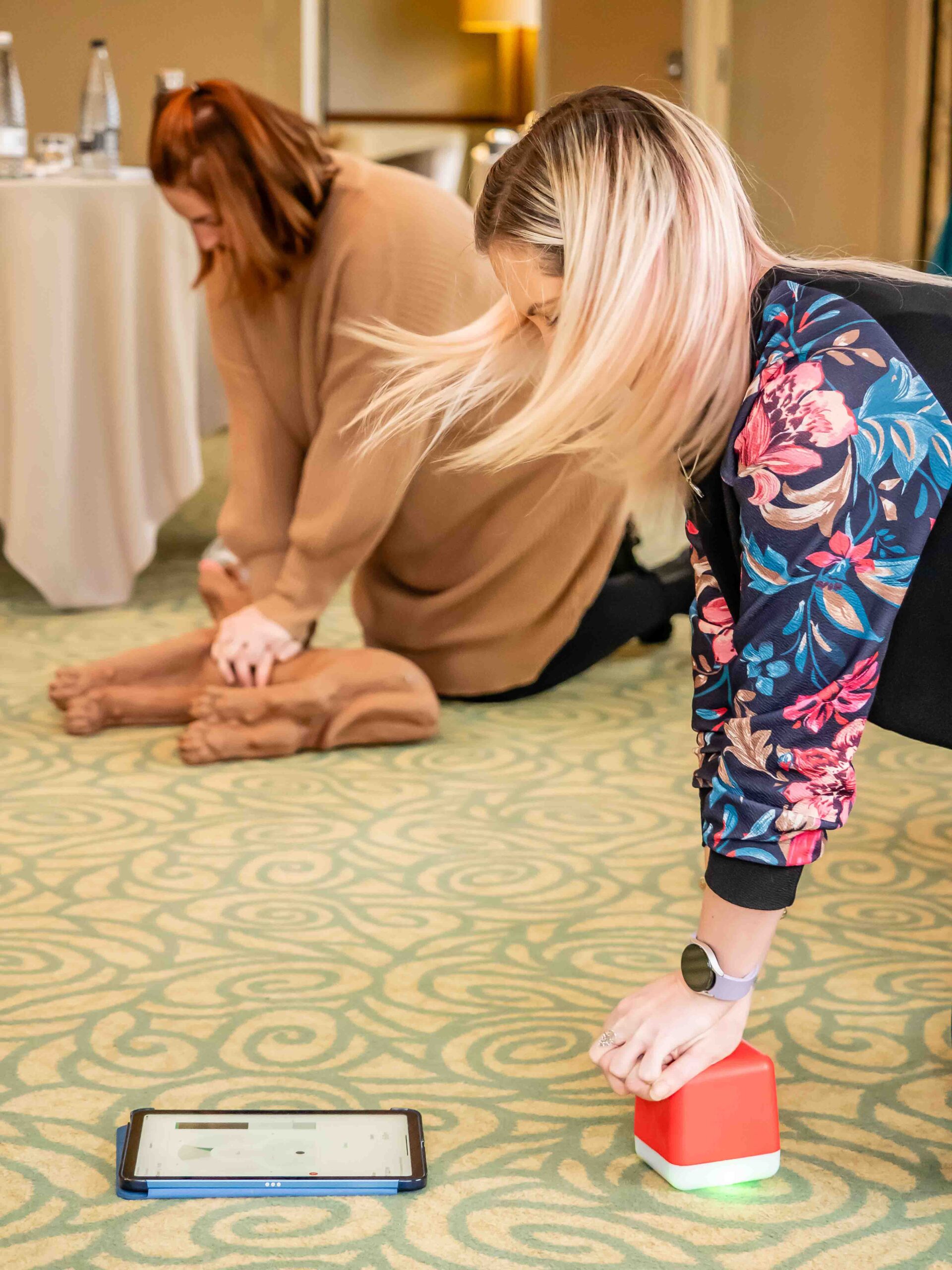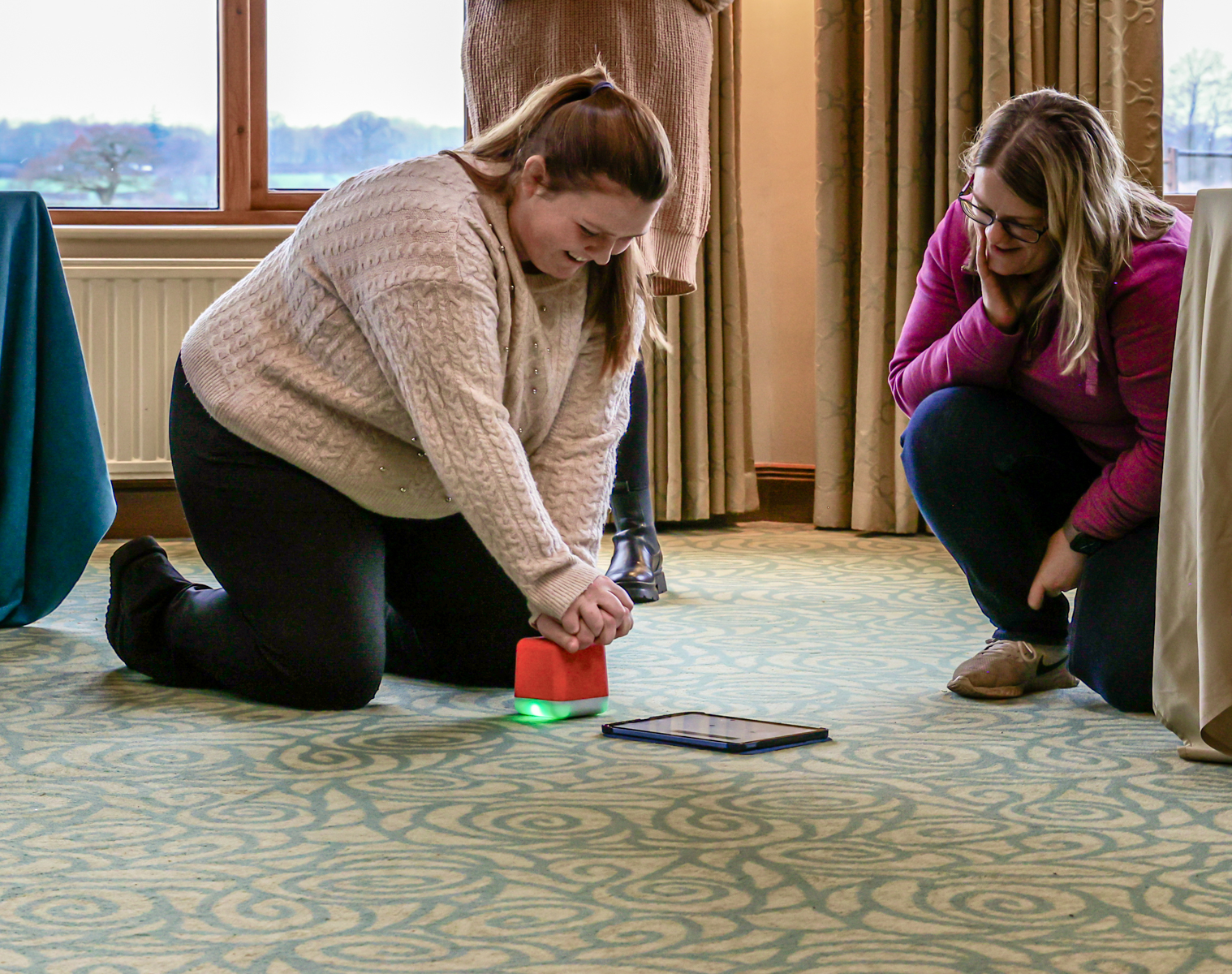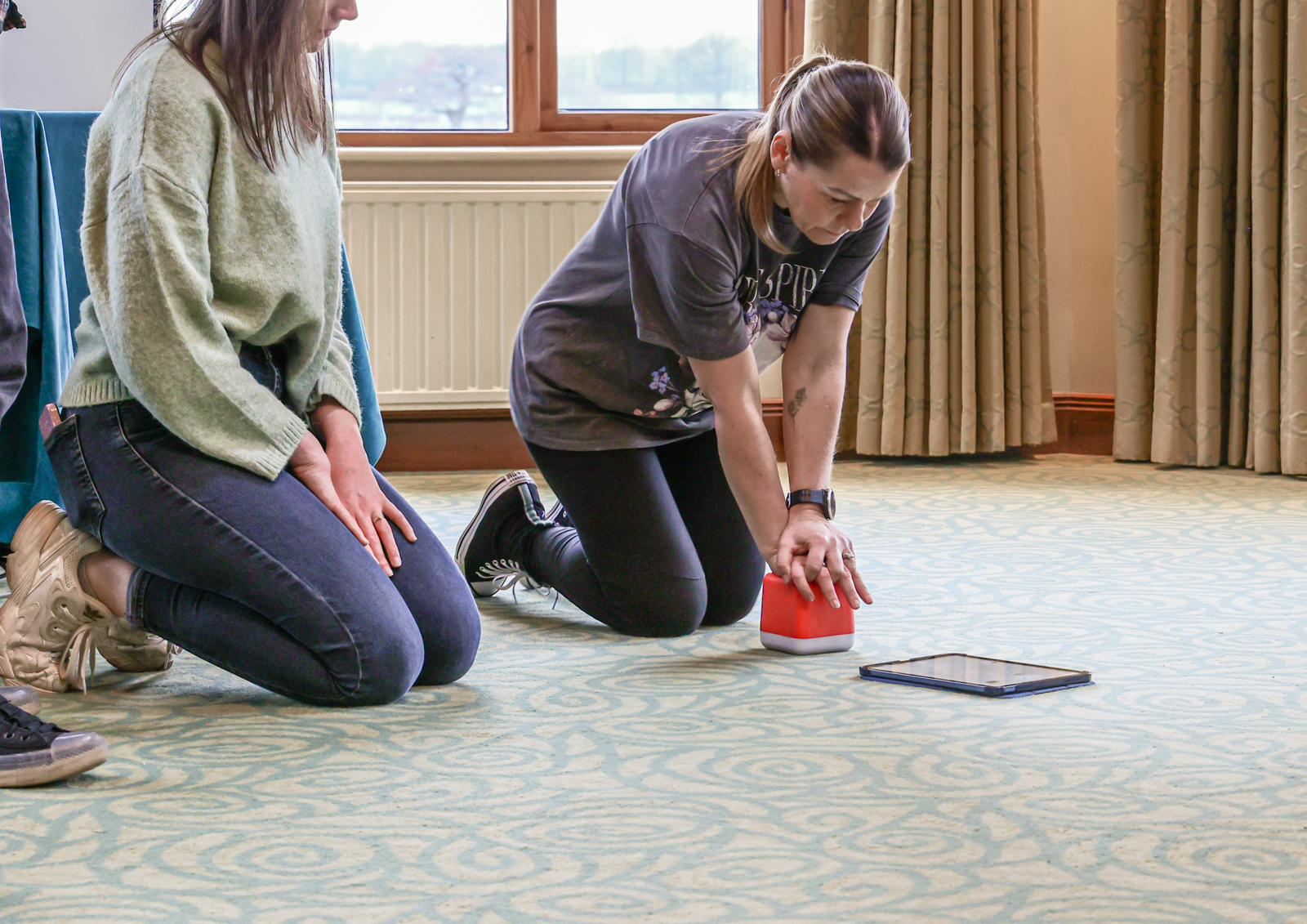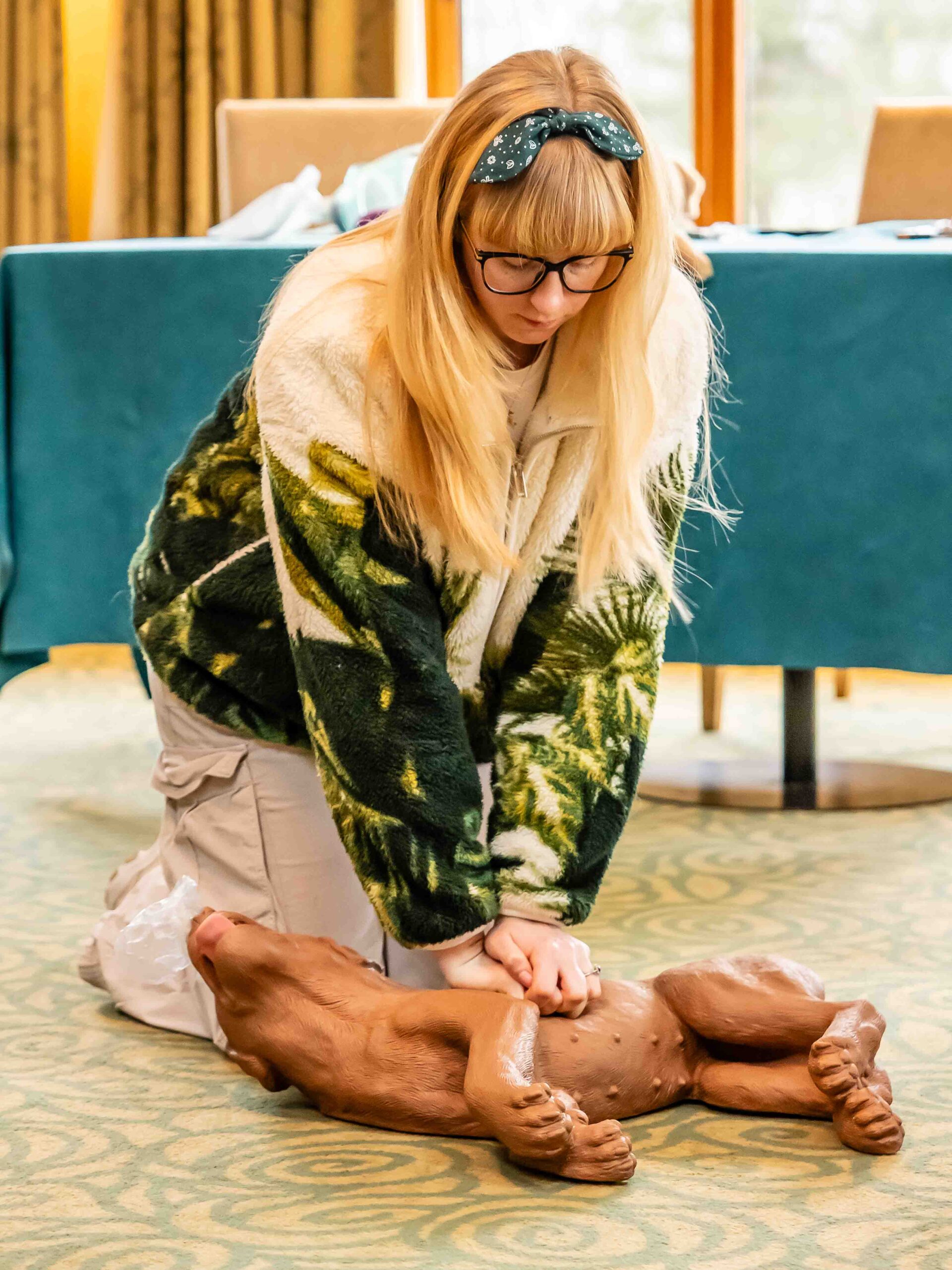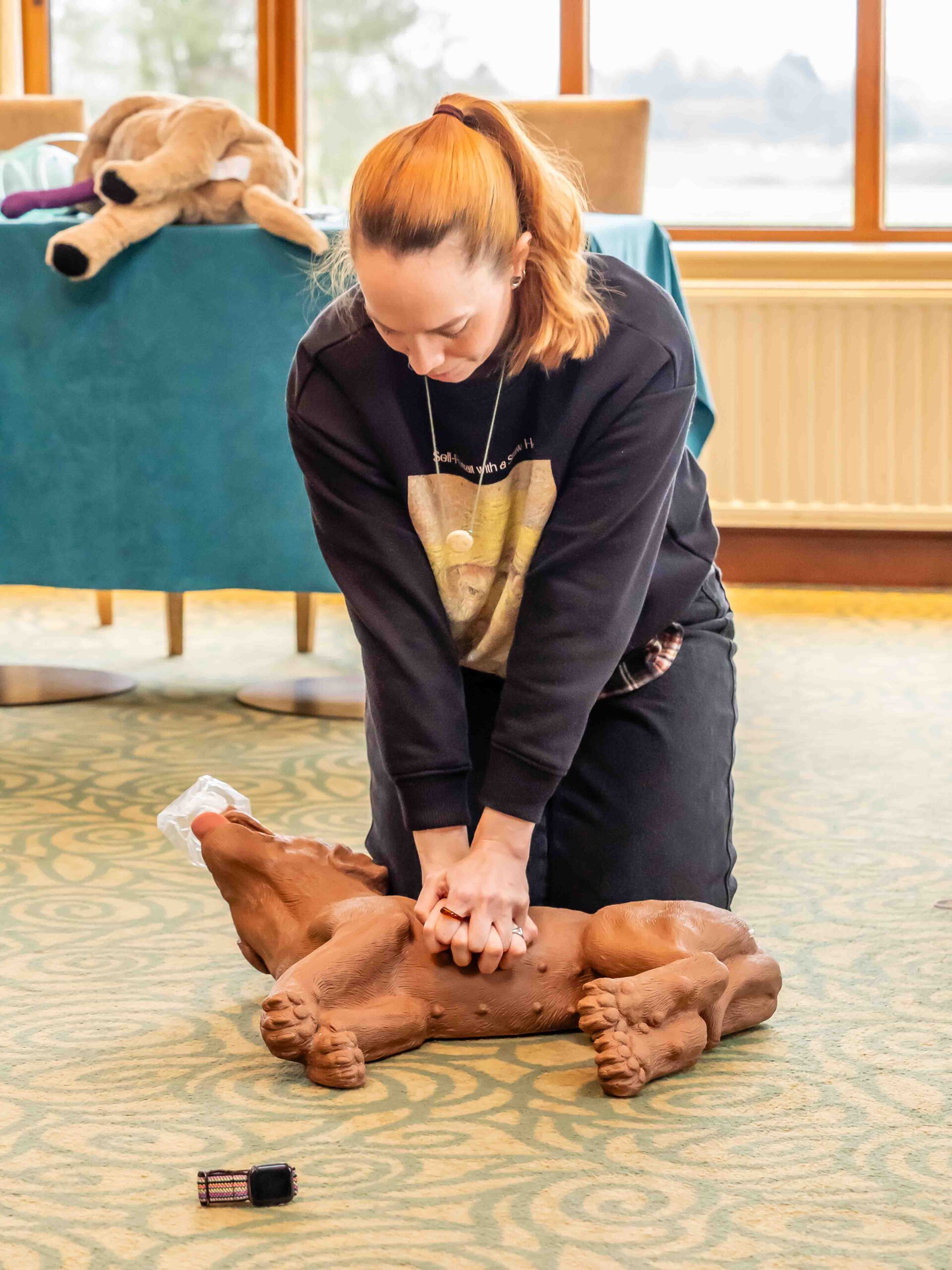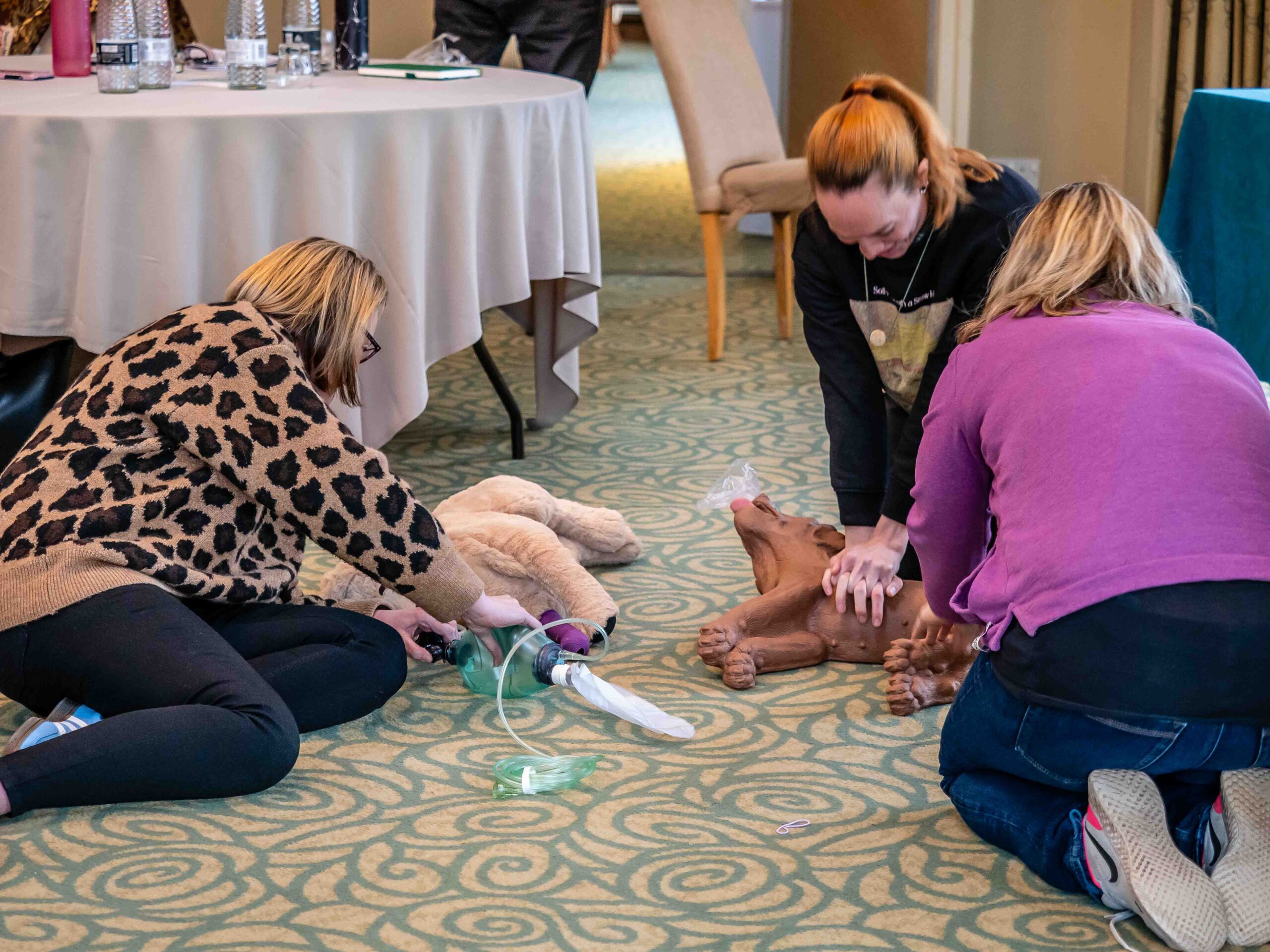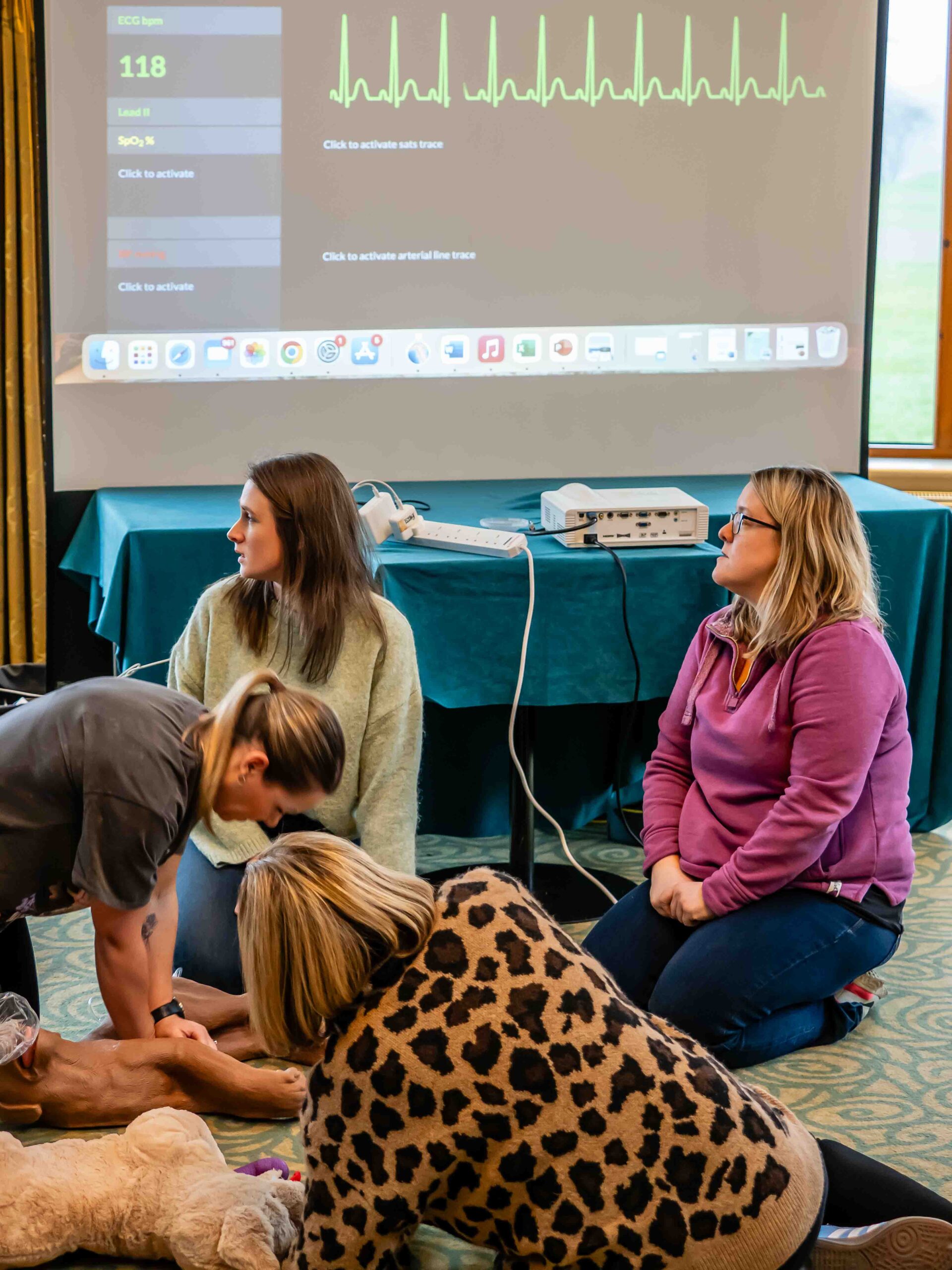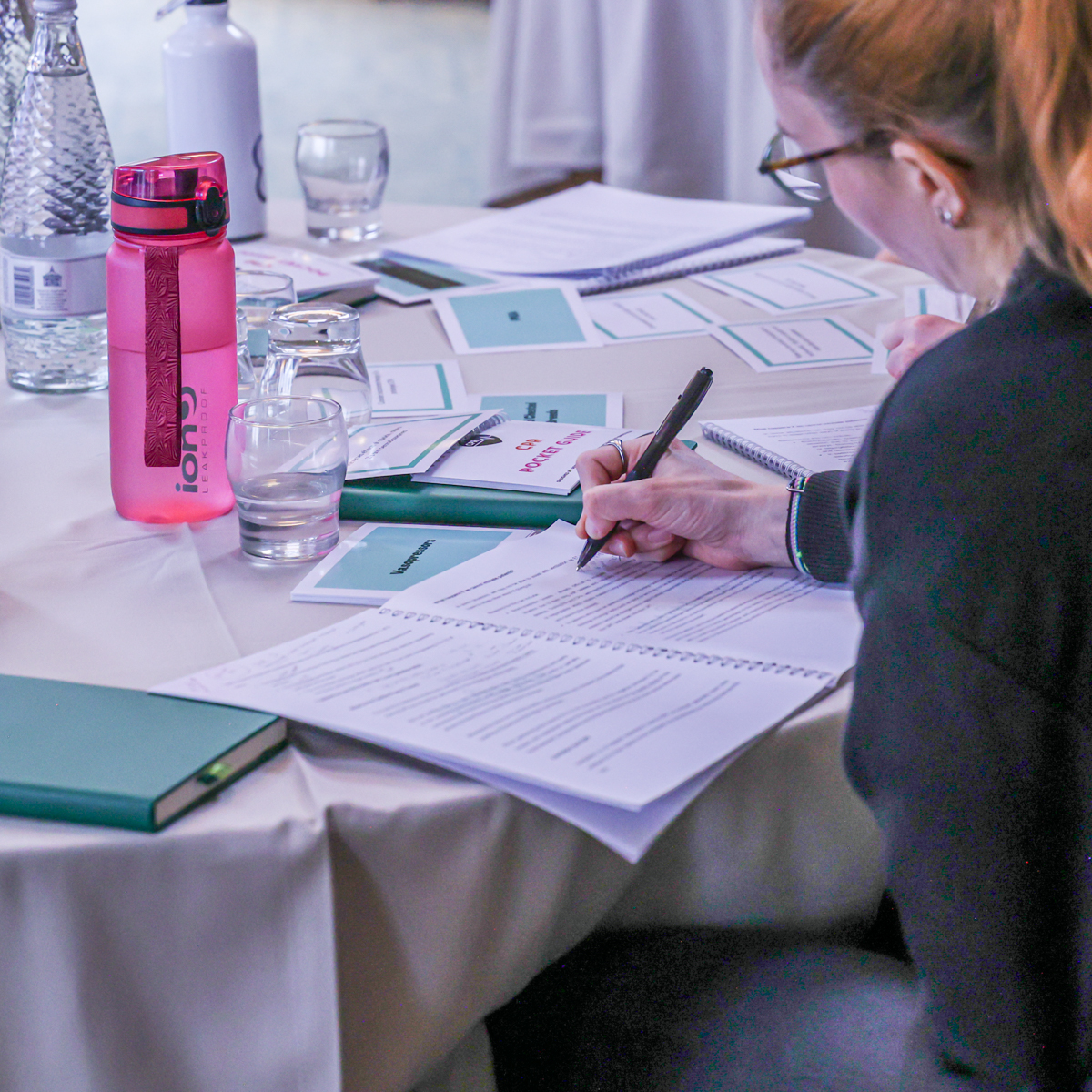Successful CPR Training for RVN's and the Veterinary Team
We’re thrilled to reflect on the success of our first-ever live CPD event, Staying Alive! Surviving CPR and the Multiparameter, which took place at the beautiful Garstang Country Club and Hotel. It was an incredible experience to meet and engage with a variety of Registered Veterinary Nurses (RVNs) from both first opinion practices and referral settings. The diversity of backgrounds and experience made the day even more enriching and collaborative.
A Day of Knowledge and Practical Skills
The event kicked off with a warm introduction to the goals of CPR (cardiopulmonary resuscitation) and its critical role in veterinary care. We discussed the essential differences between Advanced Life Support (ALS) and Basic Life Support (BLS), diving into how compression and ventilation techniques and need to vary based on breed, species, anatomy and whether the patient is intubated or non intubated. This set the stage for a day filled with both theoretical insights and hands-on learning.
After reviewing compression and ventilation techniques, we discovered that some team members were unaware of the specific benefits of adapting compressions to different breeds, particularly brachycephalic (flat-faced) breeds. These breeds present unique anatomical challenges that can significantly impact the effectiveness of CPR.
Since June 2024, the updated RECOVER guidelines have emphasised the importance of positioning brachycephalic breeds in dorsal recumbency during chest compressions. This adjustment helps to optimise cardiac output by targeting the heart’s location in these breeds more effectively. The guidelines also recommend compressing the chest to a depth of 25% of its width, ensuring that compressions are effective without risking trauma.
Understanding these breed-specific adaptations is crucial for improving CPR outcomes and highlights the importance of staying current with the latest veterinary CPR practices. This insight was a valuable takeaway for our team, reinforcing the need to tailor our approach to each patient’s unique physiology.
Designing the Perfect Crash Box
The day continued with an in-depth discussion on how to design the perfect crash box—a vital tool for every practice. We explored what essential items should be included and emphasised the importance of organisation and accessibility during high-pressure situations. Knowing your crash box inside-out ensures that every second counts during an emergency.
We also highlighted the significance of assigning specific roles to team members for crash scenarios. From the airway manager to the drug administrator, clear communication and defined responsibilities are critical for ensuring a smooth and effective response during CPR.
The CPR Compression Cube: Testing Our Skills
Before diving into training, we used the CPR Compression Cube to assess the quality of our chest compressions. This innovative tool provided instant feedback on depth, rate, and recoil, helping us understand where improvements were needed. This initial assessment laid the foundation for the hands-on CPR sessions that followed.
Introducing the Multiparameter to CPR
The next session focused on integrating the multiparameter monitor into CPR scenarios. We discussed how this vital piece of equipment provides crucial information, including:
- ECG: Understanding normal and abnormal rhythms, including how to recognise common arrhythmias during cardiac arrest.
- Capnography: Interpreting end-tidal CO₂ levels to assess the effectiveness of compressions and ventilation.
- SpO₂ and Blood Pressure: Monitoring oxygenation and perfusion to guide resuscitation efforts.
We emphasised how using the multiparameter effectively can improve outcomes and help the team make informed decisions during critical moments.
Post-ROSC Monitoring and the Importance of the Debrief
Achieving return of spontaneous circulation (ROSC) is only the beginning. We discussed the importance of post-ROSC monitoring, focusing on stabilising the patient and addressing complications such as hypotension, arrhythmias, and hypoxia.
We wrapped up this session by highlighting the significance of the debrief. Taking time to reflect on the team’s performance, identifying strengths, and addressing areas for improvement are crucial for continued growth and preparedness.
Hands-On Learning and Simulation
The afternoon was dedicated to applying everything we had learned in a full CRASH scenario simulation. Using our CPR compression dummy and ventilation dummy, participants worked together to:
- Assign roles and responsibilities to team members.
- Follow drug protocols and administer medications according to the RECOVER Algorithm.
- Perform high-quality compressions and ventilation while effectively using the multiparameter to guide decisions.
After a successful resuscitation, we demonstrated how to transition to post-ROSC monitoring, ensuring that participants understood the full spectrum of CPR and post-resuscitation care.
Interactive Learning and Fun
To round off the day, we used our ECG simulation app to test knowledge of arrhythmias and reinforce key takeaways. With plenty of interactive discussions, hands-on practice, and opportunities to learn from one another, the atmosphere was engaging, educational, and full of energy.
Of course, no event is complete without good food and laughter! A delicious lunch kept everyone fueled, and the discussions among attendees made the day even more enjoyable.
A Successful Start to Many More Live CPD Events
Our first live CPD event was an incredible experience, and we couldn’t have asked for a better group of participants. From designing crash boxes to mastering the multiparameter and perfecting CPR techniques, the day was packed with valuable insights and practical skills.
We are excited to continue hosting engaging and educational CPD events to support veterinary professionals in delivering the best possible care. Stay tuned for our next event—we can’t wait to see you there!
Thank you to everyone who attended and made this day such a success. Together, we are helping ensure our patients have the best chance of staying alive!

